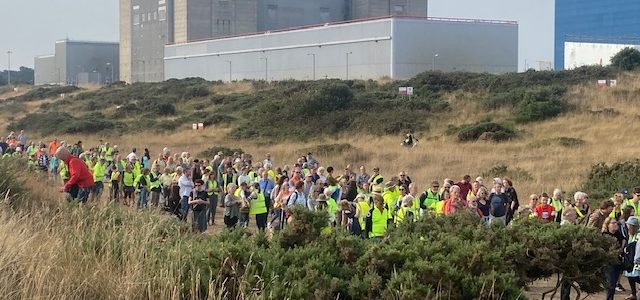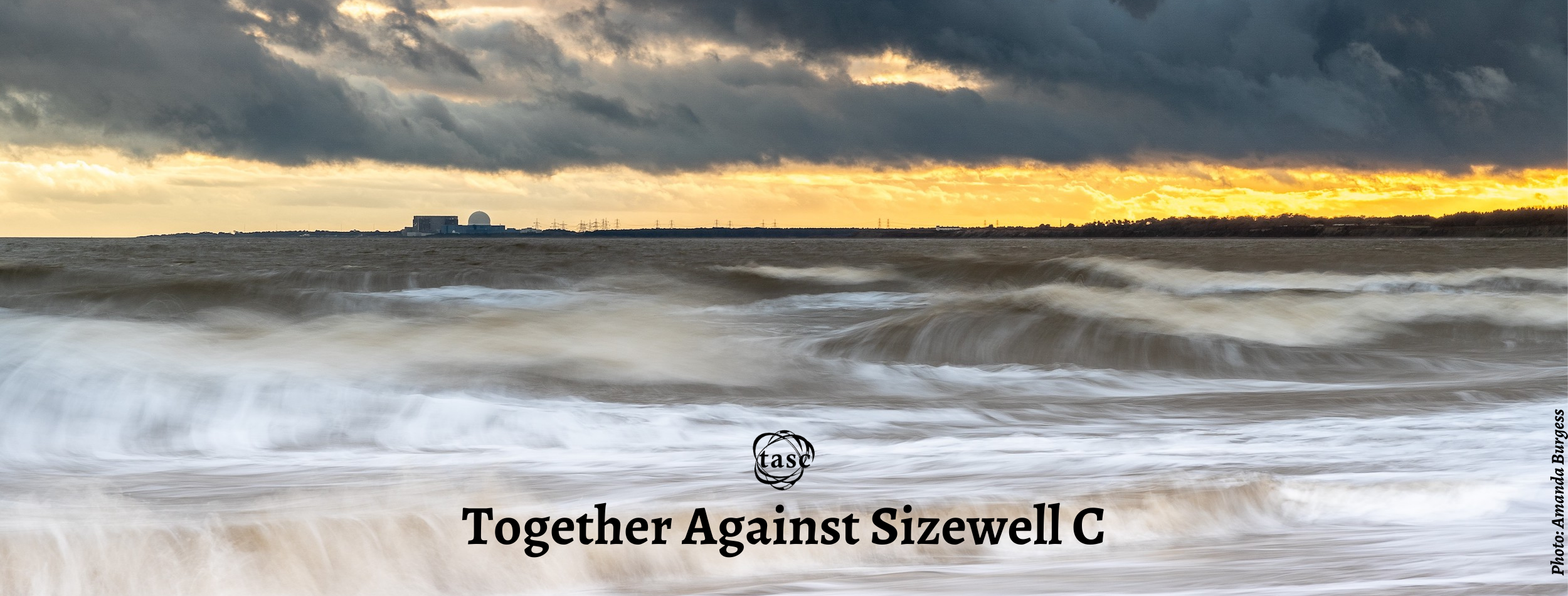
FARHAD MANJOO
Nuclear Power Still Doesn’t Make Much Sense
Sept. 16, 2022
Plant Vogtle nuclear energy facility in Waynesboro, Ga.Credit…Michael Holahan/The Augusta Chronicle, via Associated Press
Opinion Columnist
Whenever I write about the plummeting costs and growing capabilities of wind power, solar power and batteries, I’m usually met with a barrage of radioactive responses from the internet’s overheated nuclear reactors — social-media-savvy environmental activists who insist that nuclear power should play a leading role in the world’s transition away from fossil fuels.
The sun doesn’t always shine and the wind doesn’t always blow, they point out, but nuclear power plants produce carbon-free energy day and night, rain or shine. Their argument that nuclear power is unfairly maligned has been bolstered by Russia’s invasion of Ukraine; Germany, which shut down many of its nuclear plants in the past decade while building natural gas pipelines to Russia, now faces a deep energy crunch. It has had to burn more coal to keep the lights on.
I’m not a never-nuke, but I’ve had my doubts about atomic power. Still, I wanted to keep an open mind. So last week I flew to London to attend the World Nuclear Symposium, an annual conference put on by the nuclear industry’s global trade group, the World Nuclear Association. I heard an earful from industry executives, analysts, lobbyists and government officials who are giddy about nuclear power’s prospects for powering the world of tomorrow.
I’ll give the pronuclear folks this: They do make a good case that nuclear has gotten a too-bad rap. Nuclear power is relatively safe, reliable and clean; compared to the planetary destruction wrought by fossil fuels, nuclear power looks like a panacea. Patrick Fragman, the C.E.O. of the large American nuclear manufacturer Westinghouse, said his industry had to “unwind decades of brainwashing of public opinion in many countries” about the dangers of nuclear power.
But the argument for significantly ramping up the production of nuclear power — especially in places where overall energy consumption isn’t growing, like in the United States and Europe — falls short. That’s because the nuclear industry has long been hobbled by two problems that its boosters can’t really wish away: Nuclear is far slower to build than most other forms of power, and it’s far more expensive, too. And now there is a third problem on the horizon. As battery technology improves and the price of electricity storage plummets, nuclear may be way too late, too — with much of its value eclipsed by cheaper, faster and more flexible renewable power technologies.
In order to limit global warming to 1.5 degrees Celsius above preindustrial levels — the goal set in the Paris Agreement to avert the worst effects of global warming — experts say that we need to reduce global carbon dioxide emissions to a net of zero by 2050. Responding to such a climate emergency with nuclear power is like calling on a sloth to put out a house fire. The 63 nuclear reactors that went into service around the world between 2011 and 2020 took an average of around 10 years to build. By comparison, solar and wind farms can be built in months; in 2020 and 2021 alone, the world added 464 gigawatts of wind and solar power-generation capacity, which is more power than can be generated by all the nuclear plants operating in the world today.
The nuclear industry has been notorious for cost overruns and delays. The only nuclear reactors under construction in the United States — a Westinghouse project at the Plant Vogtle power station in Georgia — were started in 2013 and projected to be finished in 2017. They are still not done — and an initial budget of $14 billion has more than doubled to over $28 billion. In 2017, utilities in South Carolina canceled two reactors midway through construction after cost projections ballooned from $11.5 billion to more than $25 billion.
And after all this build time, you get a very expensive source of energy. In a common energy industry measure known as “levelized cost,” nuclear’s minimum price is about $131 per megawatt-hour, which is at least twice the price of natural gas and coal, and four times the cost of utility-scale solar and onshore wind power installations. And the high price of nuclear power doesn’t include its extraneous costs, such as the staggering price of disasters. Cleanup and other costs for the 2011 Fukushima disaster, caused by an earthquake and a tsunami off the Japanese coast, may approach a trillion dollars.

